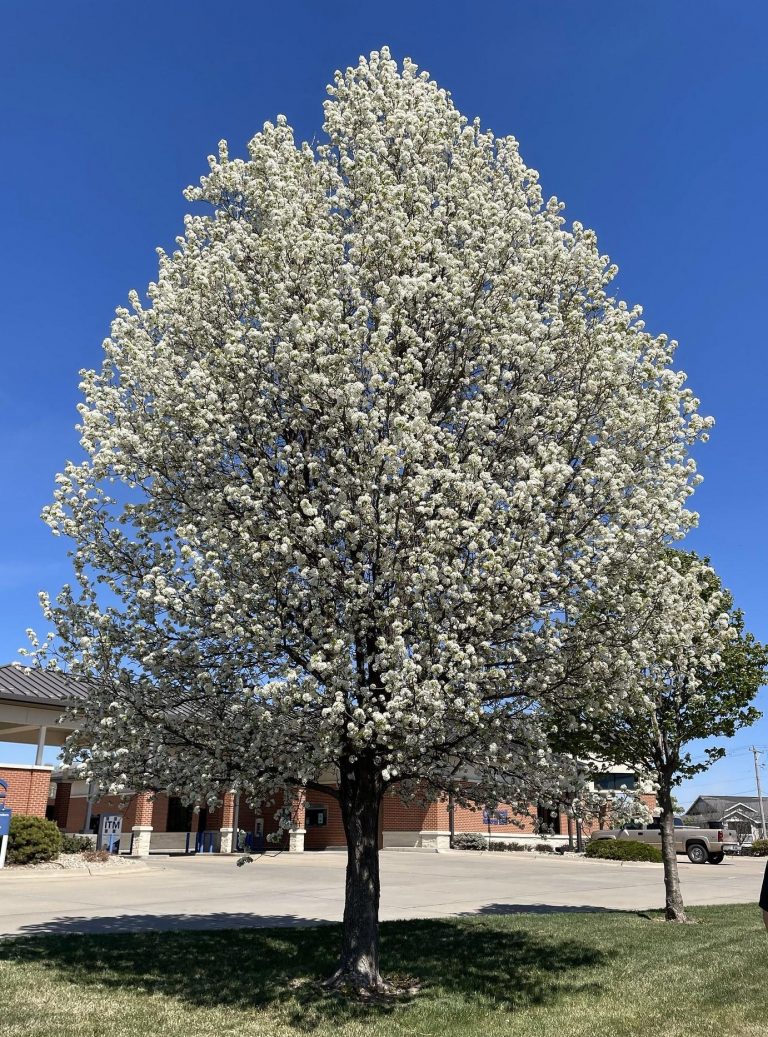City Hall, Showalter recognized as this week’s Do-Gooders
Business of the WeekCity Hall was the destination for Donuts for Do-Gooders Business of the Week this week.
Business of the WeekCity Hall was the destination for Donuts for Do-Gooders Business of the Week this week.

MANHATTAN – A Kansas Forest Service official is urging Kansans to be on the lookout for a pair of invasive species that threaten the state’s forests and ecosystems by pushing out native vegetation.Ryan Rastok, the forest health coordinator with KFS, said Callery pear and bush honeysuckle are especially meddlesome this time of year.“I was flying back from Georgia into Kansas City recently and as we were flying into the airport, I could see an abundance of callery pear, even from the plane,” Rastok said.Native to China, the Callery pear includes 26 cultivars that present significant ecological concerns in Kansas and Missouri.

Between 1934 and 1943, the U.S.
A conversation overheard by a concerned parent Wednesday as school was letting out for the day prompted a joint investigation by the Wellsville Police Department and the Wellsville School District.District officials said the incident occurred on March 27 as students were being dismissed for the day.
A 34-year-old Osage County man was arrested Thursday after he allegedly ran from a deputy during a traffic stop and jumped into the Marais des Cygnes River.Franklin County Sheriff’s officials said the incident occurred shortly before 5:30 p.m.
A Garnett man will appear in Franklin County District Court this week, following his arrest Wednesday on suspicion of burglarizing an Ottawa business where he previously worked.Ottawa police said Dangerous Toyz, 414 W.
Gusty winds helped fuel a structure fire in Ottawa last week that destroyed the wooden deck of a home.

Dear Amy: My good college friend “Clara” is getting married next month.Clara has several bridesmaids.

MANHATTAN – Fighting weeds in the lawn can be an all-season battle, but Kansas State University horticulture expert Cynthia Domenghini said preventive measures can be taken now to prevent a weed invasion later.Below are common reasons why weeds invade lawns:•Improper mowing: Mowing too low and too infrequently thins the turf, allowing weeds to get started.•Improper watering: Frequent watering encourages weed seed germination, disease, thatch, and a shallow-rooted turf that is less competitive with weeds for soil moisture and nutrients.•Improper fertilizing: Fertilizing too much, too little or at the wrong time may benefit weeds more than grass.•Insect and disease Injury: Weeds rapidly invade lawns that are thinned by insects and diseases.•Compacted soil: Soil compaction is a hidden stress on the turfgrass root system.

DEAR DR.